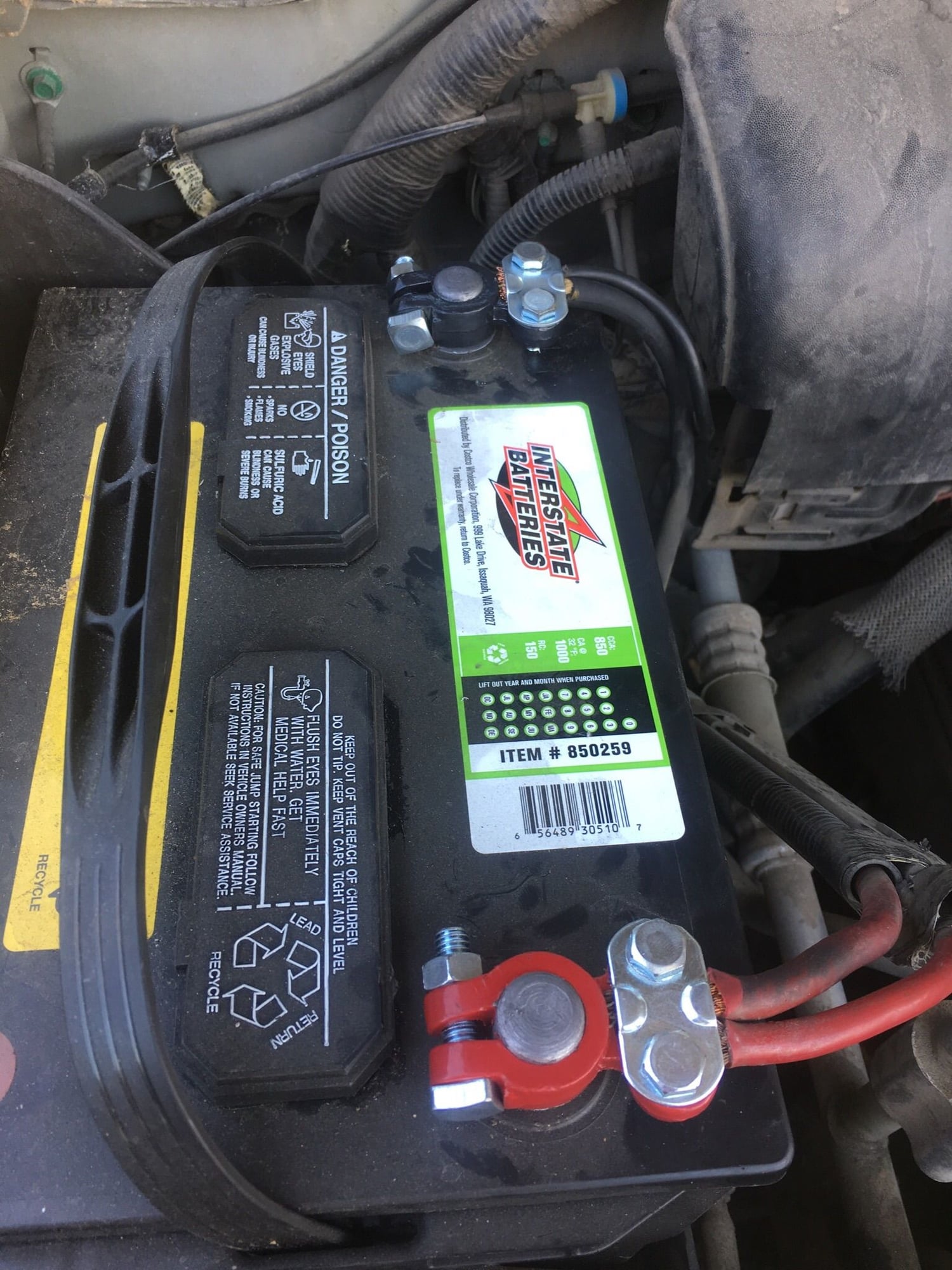

The following are some sample drive cycles for the catalyst monitor to run.įord: The catalytic converter monitor will not run until the oxygen sensor monitor has run and completed successfully with no faults found. In some cases, it may even be necessary to complete the prescribed drive cycle several times before the catalyst monitor will run. Some vehicles have very specific drive cycles that must be followed before the catalyst monitor will run. Depending on the vehicle application, this usually includes completing the oxygen sensor monitors first, followed by driving at highway speeds (60 to 65 mph) for at least 10 to 15 minutes under light load, no conflicts with other monitors that have not yet run (such as EVAP or EGR monitors which may have to complete before the catalyst monitor will run), and no fault codes that could affect the accuracy of the test.

The catalytic converter monitor may require specific driving conditions before it will run. Toyota: The oxygen sensor monitor should run after idling the engine for nine minutes, then driving at a steady 25 mph for two minutes. Then smoothly accelerate to 30 to 40 mph. Then drive at a steady vehicle speed above 25 mph for two minutes. This will complete the second half of the monitor that checks the responsiveness of the O2 sensors.Ĭhrysler: Idle for five minutes (to reach closed loop operation). After this, turn the A/C and defroster off, then accelerate at half throttle to 55 mph and hold at a steady 55 mph for three minutes. The first part of the monitor runs after idling the engine for two and a half minutes with the A/C and rear defroster on. GM: GM uses a two-part oxygen sensor monitor. The following are some sample drive cycle requirements for the oxygen sensor monitor to run:įord: The monitor should run when the engine has reached normal operating temperature, the inlet air temperature is between 40 and 100 degrees F, and the vehicle is cruising at a steady 40 mph for four minutes. The EVAP solenoid is at 50 percent pulse width PWM, within 65 seconds of engine run time.The TPS is between 9 percent and 35 percent.Fuel tank level is between 26 percent and 74 percent.ECT is not more than 12☏ greater than IAT.IAT is not more than 2☏ greater than ECT.At start-up, IAT and ECT is between 45☏ and 85☏.The malfunction indicator lamp (MIL) must be off.The EVAP monitor should be complete.Īn example of some common enabling criteria to run the EVAP monitors drive cycle: Start the engine and idle for four minutes, then drive in stop-and-go traffic for five minutes using smooth accelerations and decelerations. The second part runs after the vehicle has sit for 8 or more hours (cold soak) without being driven. The first part runs after idling for five minutes, then driving at 30 to 45 mph for two minutes (fuel tank must be half to 85 percent full). Avoid sharp turns and hills during this period.Ĭhrysler: There are two-parts to this test. The following are sample drive cycles for the EVAP monitor:įord: With fuel tank one half to three-quarters full, cruise at 45 to 65 mph for 10 minutes. Some monitors, for instance the EVAP monitor, may require the fuel level to be between 35% and 85% to enable the monitor to execute. Second, make sure that you have enough fuel in the car. Having stored DTC faults or even pending diagnostic trouble codes active may prevent a monitor from running to completion. OBD II Readiness Monitors Monitor Status Helping set Monitorsįirst, make sure that the check engine light is not commanded on.


 0 kommentar(er)
0 kommentar(er)
